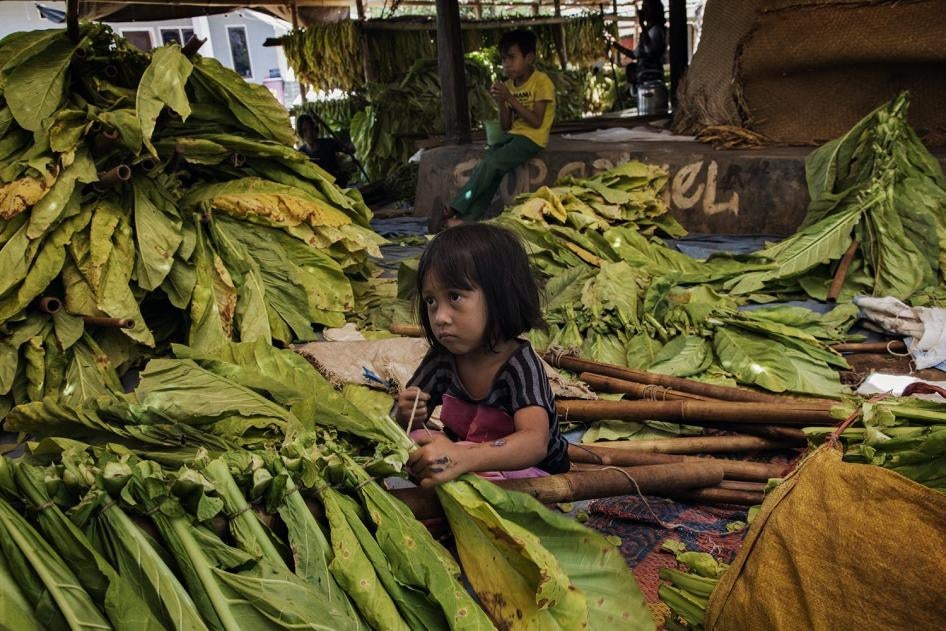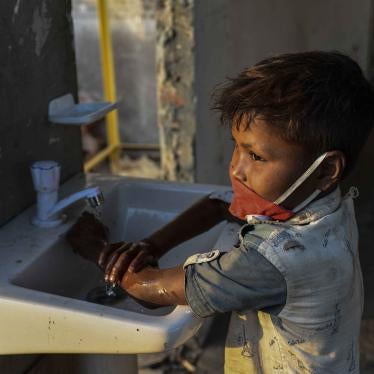The number of children involved in child labor worldwide has dropped dramatically over the past two decades, falling by nearly 40 percent. Tens of millions of children have transitioned from work into school, helping to break cycles of poverty and ensure brighter futures.
But this remarkable trend is in grave jeopardy due to the Covid-19 pandemic.
This year’s World Day against Child Labor, celebrated every June 12, is occurring during widespread lockdowns and school closures, massive job and income losses, and a global economic crisis. Each of these elements heightens the risk that child labor rates will grow and more children will engage in work that is often grueling and dangerous.
Research shows children out of school are far more likely to join the workforce, and the longer they stay out of school, the less likely they are to return. Child labor is also closely linked to financial shocks experienced by individual families. As parents lose their jobs, fall sick, or die, children will go to work to try to meet their basic needs. Covid-19-related emergency measures may also mean that labor inspectors, civil society organizations, and social workers are less likely to detect child labor and intervene.
Reversing the progress of the past is not inevitable, however. Smart policy choices by governments can protect children from child labor. Some of the most important interventions include:
- Providing financial assistance for families hit hardest by the crisis, to help them meet basic needs without resorting to child labor;
- Supporting decent employment for adults, including a living wage, sick leave, and unemployment insurance, and protecting the right to freedom of association so unions can mobilize for better working conditions;
- Ensuring primary and secondary schools are truly free, removing financial barriers to attending, and ensuring plans to reopen schools, including outreach to marginalized children;
- Finding innovative ways to monitor child labor, including remote reporting, to hold employers accountable.
Even before the pandemic, 152 million children were engaged in child labor. Under the United Nations Sustainable Development Goals, governments set a goal of ending child labor by 2025. Meeting that goal seems increasingly unlikely, but in the short term, governments should do all they can to ensure the numbers do not grow.









